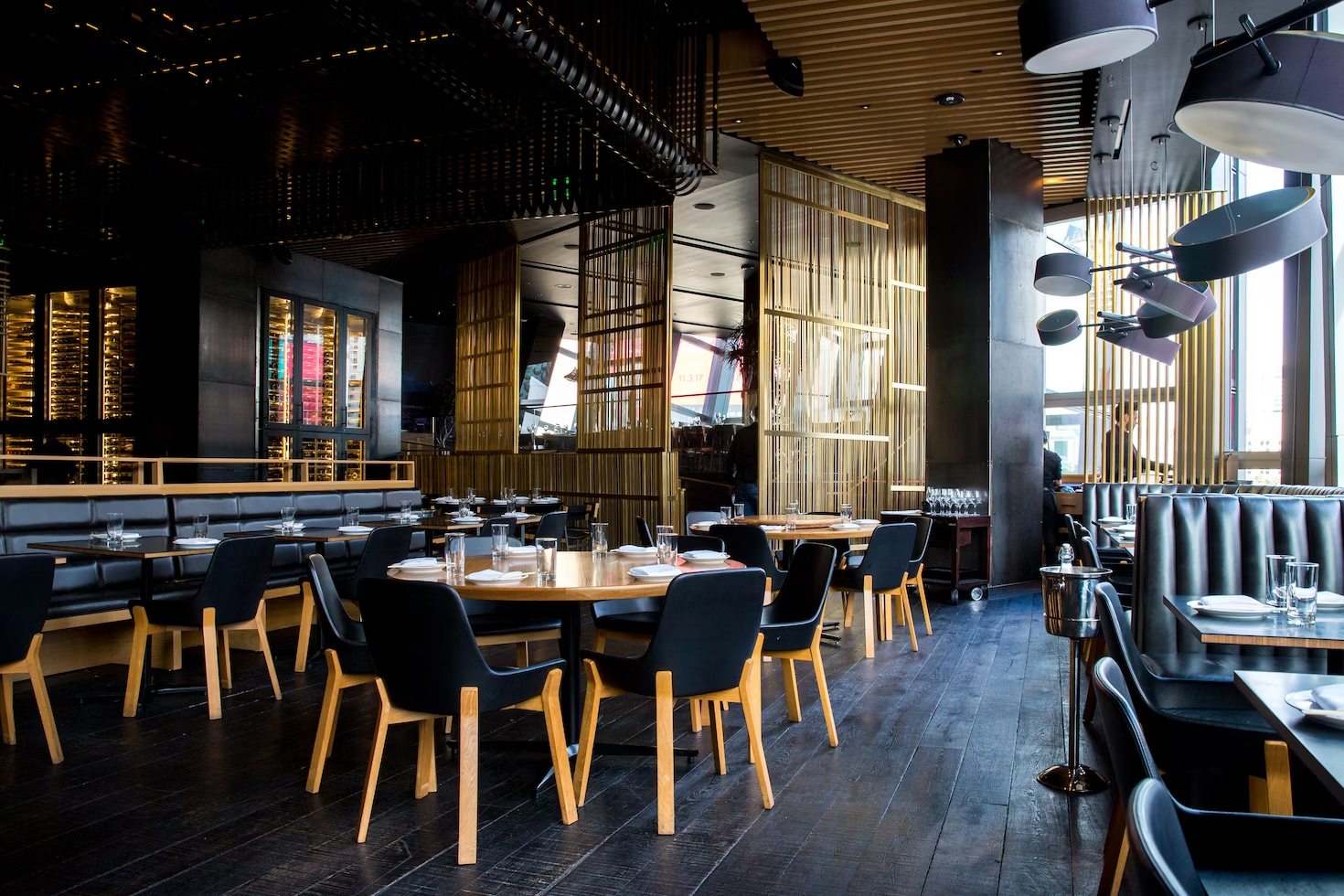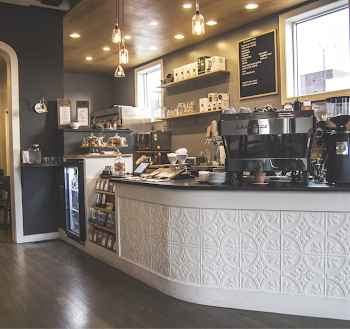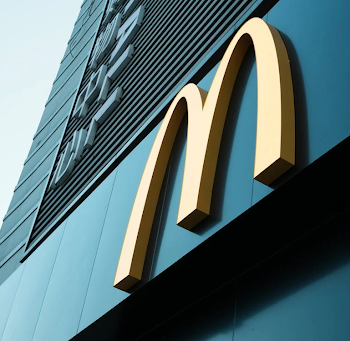
As a restaurant owner, your main priority is to attract and retain a customer base. One effective way to achieve this is by creating a welcoming environment where people can enjoy their dining experience.
While the quality of your restaurant’s food and the warmth of its service are critical factors in attracting repeat customers, lighting plays a more significant role than you might realize. Dining involves both taste and visual elements, and hiring a professional restaurant electrician to give you proper lighting can significantly enhance the presentation of the food and the overall dining experience. Here are four tips to get the appropriate lighting in your restaurant to attract more customers.
1. Create an Ambiance Through Controlled Brightness
The brightness of lighting in restaurants significantly influences the mood and mindset of customers, making it crucial to establish the right ambiance. This is important for two reasons: firstly, it defines the target customers the restaurant aims to attract, and secondly, it shapes the desired customer experience. Upscale restaurants that target a more sophisticated clientele would employ a distinct lighting strategy that conveys elegance rather than utility.
Bright lighting is stimulating, making it ideal for energetic spaces like ice cream shops or family-friendly restaurants where owners want customers to be alert. You can design a well-lit space by combining natural light with bright overhead fixtures, which is particularly beneficial for morning operations to wake customers enjoying breakfast and coffee.
Low lighting creates a warmer, cozy, and more relaxed atmosphere, suitable for intimate settings that encourage customers to linger, such as romantic dinner settings. While your restaurant may focus on low lighting, there should be adequate task lighting for customer navigation and employee safety. This type of lighting is preferred for evening operations, enhancing the relaxed atmosphere during dinner and encouraging customers to stay longer.
For restaurants operating throughout the day, a dimmer can provide flexibility to adjust brightness for different moods. Automated control systems offer further customization, allowing programming for seasonal or daily lighting adjustments.
2. Use Different Types of Lights for Every Function
It’s essential to layer different types of lighting, starting with ambient lighting, the primary source of illumination in a restaurant. It provides overall brightness and can combine natural light and artificial fixtures. When used to diffuse light, ambient lighting can create a sense of spaciousness by making ceilings appear higher and walls more comprehensive, enhancing visibility and ease of movement for patrons.
For areas like the cash register or kitchen, accent lights should be installed to highlight architectural features or specific elements. These can be directed upwards on walls or columns. Some restaurants use colorful lighting behind the bar or along walls to create a unique ambiance. Accent lighting contributes to the restaurant’s style.
Task lighting is employed for specific tasks requiring concentrated illumination, such as in the kitchen for cooking, at a cash register for transactions, or at a table for reading menus. It can be overhead spotlights, fluorescent lights, or table lamps.
In the end, you can focus on decorative lighting to add flair and personalize the restaurant. In this case, the functional aspect of lighting can be secondary, as the goal is to create an aesthetic style.
3. Draw Customers’ Attention to Your Restaurant
Upon entering the establishment, customers should immediately grasp the layout, direction, and offerings in different areas of the environment. Adequate lighting is crucial in guiding customers’ orientation and drawing their attention to various focal points within the space.
You should add contrasting brightness levels to create focal points, alternating brighter artificial lights with natural ambient light. A contrast ratio of 5:1 is often recommended as a starting point to highlight specific areas.
4. Showcase the Food Colors
Accurate color rendering of a light source is a crucial consideration as it ensures that restaurant customers perceive the true colors of their food. Color rendering is assessed using a standard index, where a lower score indicates poorer color rendering properties of the lamp. While the maximum score is 100, a minimum score of 80 is required in the kitchen area of a restaurant, with a score of 90 being optimal. Using lamps with an inadequate color rendering index (CRI) will result in a distorted visual impression of the food, failing to showcase the dishes in their true colors to customers.
Endnote
As a restaurant owner, creating a welcoming environment is crucial to attracting customers. Lighting enhances the dining experience and influences mood and customer perception. Bright lighting suits spaces like cafés, while low lighting suits intimate settings. Layering different types of lighting, such as ambient, accent, task, and decorative lighting, creates a unique ambiance. Use lighting to guide customer orientation and showcase food colors accurately, enhancing the overall dining experience.



